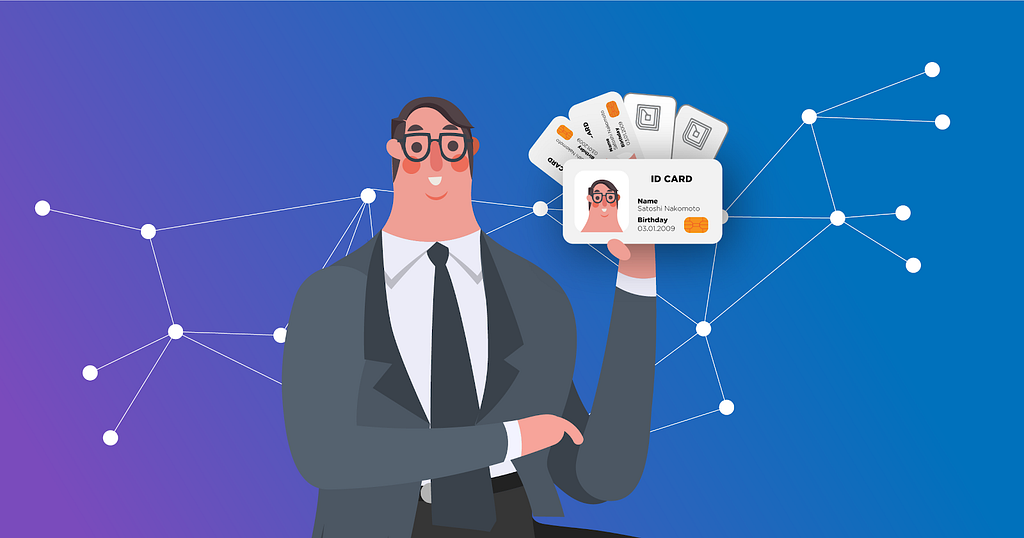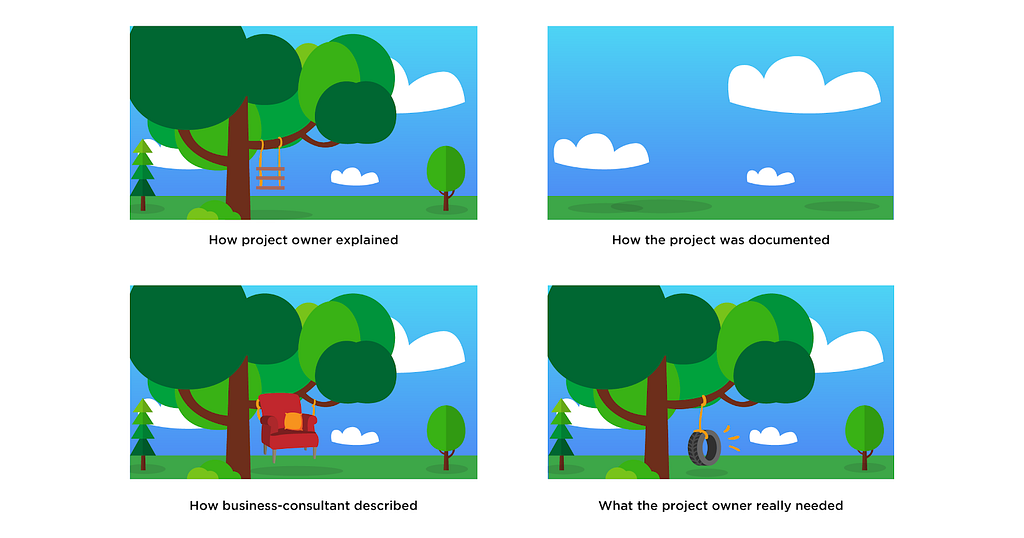Latest news about Bitcoin and all cryptocurrencies. Your daily crypto news habit.
We live in a digital era. At that, from year to year, it’s becoming more and more digital. And there’s no doubt that with the advent of the blockchain technology, this process will speed up. Basically, this statement is true, but the idea is toooo general. Blockchain indeed showed us that we can store and transfer value without having to trust third-parties. BUT…
This leads to such misconceptions that later we’ll be able to sell our apartments, cars, etc through that kind of blockchain where the parameter of trust will tend to zero just like in Bitcoin. That’s impossible.
Let’s, first of all, consider why. And then switch to the main topic of the article — What still keeps blockchain from being applied massively?
First things first — shatter the illusion
We need to put things together. Bitcoin blockchain is a permissionless blockchain. Meaning that everyone can join the network, participate in transaction validation, verify the correctness of the database and so on. Together with the consensus mechanism (that allows participants to reach the agreement with no reliance on each other), blockchain allowed for the existence of a completely trustless, thus independent environment.
The matter is that Bitcoin blockchain only exists in the digital network of its own. It doesn’t intercept with any external networks. This is where blockchain can really eliminate trust.
But you will never remove trust ultimately from the blockchain-based system that deals with any external data (property rights, identity documents, receipts, etc) because you will be needing, so-called, oracles, whom you at least partially trust, that will provide you with the information.
What does that mean?
This means that you should thoroughly understand that when we speak of the blockchain that’s being broadly applied to the real sector — it’s not the Bitcoin, trustless, case. It’s the case when blockchain reduces trust only partially, upon that, together with other techniques provides for an easy and secure account management, high resilience, non-repudiation for all actions of users and transparency of the internal processes.
But before it all comes to life; before we’ll have some kind of national blockchains on which we’ll be storing our e-passports and drivers’ licenses, or corporate blockchains that would allow us to automatically receive our well-earned salary — there are some challenges that are to be solved.
Identity
We’re talking about a blockchain that provides an interaction between users on a broad level — governmental, for example. In this way, we need to find a way to associate users’ actions with their actual identities.
This is not a big issue within the bounds of one organization. However, things get much more complicated on the country-level or when we deal with the consortium of major companies. Because we need to legally represent the interrelation between real people and their digital identities, in this way, make it possible to attribute them the actions they did in the digital environment.
Estonia is today quite advanced in this area. For over two years, the government is being actively implementing e-passports and permits their citizens to participate in voting with their aid.
Digitization: All in one place
It’s obvious that things won’t work before we make it possible to standardize the process of digitization of certain data and recording it on the blockchain. Today we already have much of our data digitized, but the problem’s that it’s all located in different databases. So, in case you need to make an enquiry of, let’s say, client whose information is located in the external database — you’d probably be resolving this problem with a phone call, which can hardly be called a digital procedure.
In this way, we need to have lawful approaches that would allow the carrying out of automatic queries of the external databases that will return digitally signed data. That said, there would be a supreme number of oracles that would verify the correctness of this data. The more oracles you have, the less is the chance of their collusion, thus the more trusted is the data.
But, remember
A properly built blockchain protocol can only assume the authenticity of the data that’s already in it and is never in charge of information that’s been recorded on it. So, if a violator manages to record fake data on the blockchain, it will be treated as authentically as the trusted one.
Bitcoin Blockchain can guarantee authenticity because it has no any interaction with external databases. All the data (BTC coins) is being generated within the network under the pre-defined (by the protocol) conditions and exists solely in the same network.
That is to say, it has no weak points.
Whenever you have a necessity of putting outward data on the blockchain — the trust concern appears. Which is a weak point to which there is still no any tried-and-tested approach.
Mutual decision making
Bitcoin is a good example of how a decentralized environment makes it possible for participants to reach agreement considering protocol updates, for example. Each can propose their own. In case the majority holds with it — the upgrade can be applied. That’s a proven method, whereby Bitcoin’s been progressing for almost ten years now. Because the community has an in-common motivation — increase capacity, transaction confirmation time, security and so on.
When it comes to business, each has their own interests, mostly mercantile and political. And in case, there’s a dead-locked situation we usually recourse to the court. But this is not how the blockchain works.
At the stage of building the blockchain-based platform for, let’s say, huge consortium of major companies, they need to define the way they will be performing mutual decision making in the most trivial and even ultimately critical situations; How they will be voting for the decisions and what will be the weight of their votes (same for all or according to certain seniority).
Not to speak of the fact that every person has their own vision of each situation, which frequently makes us call one object by various names.
Therefore, there are so little practical blockchain applications to business. There’s no any 100% verified approach of how it should be. Still, a great number of companies are working their way forward, because they know that blockchain is basically where the future lies.
Legally binding digital environment
Eventually, we need a uniform legal framework. Some regulators have already broken the ice and started working on the renewal of the laws that would keep track of cryptocurrency turnover in the global economy. But, that’s only the part of the story.
It’s important that renovated approach would consider the existence of decentralized environment with all its peculiarities, including distributed responsibility and the aspects of mutual decision making. As of today, most of the blockchain-based projects are currently beyond the legal environment.
Conclusion
We’ve discussed the key premises for blockchain appliance in full measure. Let’s review them again: digitization of all business processes, uniform identity standards in the cyberspace, agreed approach to mutual decision making and, eventually, provision of a legal basis that would allow all the above-stated.
Having all these issues solved, we’ll be having a vast, strong and, what’s important, flexible infrastructure that would allow us to get to a principally new level of doing business and interaction in the society.
What prevents blockchain from being applied to the real sector? was originally published in Hacker Noon on Medium, where people are continuing the conversation by highlighting and responding to this story.
Disclaimer
The views and opinions expressed in this article are solely those of the authors and do not reflect the views of Bitcoin Insider. Every investment and trading move involves risk - this is especially true for cryptocurrencies given their volatility. We strongly advise our readers to conduct their own research when making a decision.


